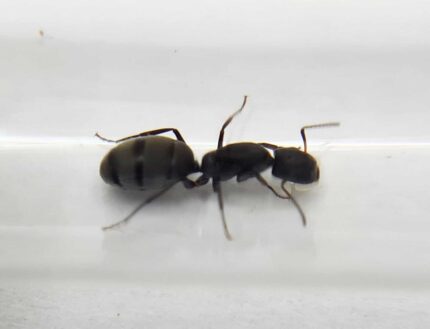
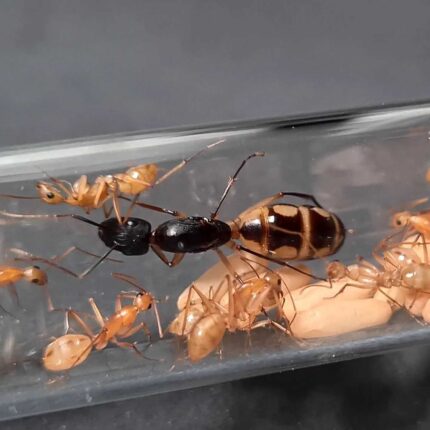
Camponotus lateralis
99,90 zł – 319,90 złPrice range: 99,90 zł through 319,90 zł
Worldwide shipping
Free delivery over 999 PLN
The highest quality of goods
Live delivery guarantee
24/7 Personal Support
Fair Prices
Description
Camponotus lateralis is a monogynous ant species with a colony size of up to 1000–2000 workers. The development rate of the species is medium. The queen measures 10–12 mm, workers 4–7 mm, and majors 6–9 mm. They have a shiny black head and gaster with a reddish-orange thorax, creating a striking color contrast. Their diet includes food insects, syrup, fruits, vegetables, jelly, and cooked meat.
Additional information
| Behavior | |
|---|---|
| Difficulty in breeding | |
| Origin | |
| The size of ants | |
| Wintering |
Camponotus lateralis
Colony Type: Monogyny
Colony Size: Up to 1000–2000 workers
Development Speed: Medium
Size
- Queen: 10–12 mm
- Worker: 4–7 mm
- Majors: 6–9 mm
The color of Camponotus lateralis ants is striking, with a shiny black head and gaster, and a reddish-orange thorax, giving them a beautiful contrast and making them easy to identify.
Nutrition
- Food insects (such as cockroaches and crickets) dead, or live if colony is big
- Syrup (a mixture of water and honey or sugar, with a ratio of 3 water:1)
- Fruits and vegetables
- Jelly
- Cooked chicken without salt, shrimps
- Honey
Don’t forget to check out our food products to ensure a well-balanced diet for your colony!
Temperature and Humididty
-
Arena Humidity: 30–50%
-
Nests Humidity: 50–60%
-
Arena Temperature: 20–28°C
-
Nests Temperature: 22–26°C
Unique Characteristics
Camponotus lateralis ants are fast-moving, agile, and relatively bold for a Camponotus species. They are known for their active foraging behavior and daytime activity, which makes them particularly interesting to observe. Despite their small size compared to other Camponotus, they are quite dynamic.
Recommended Nests for breeding
- Acrylic nests
- Cork nests
- Ytong nests
- Gypsum


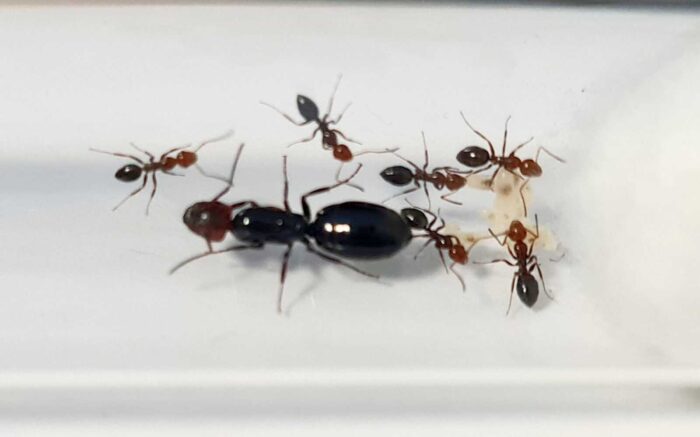
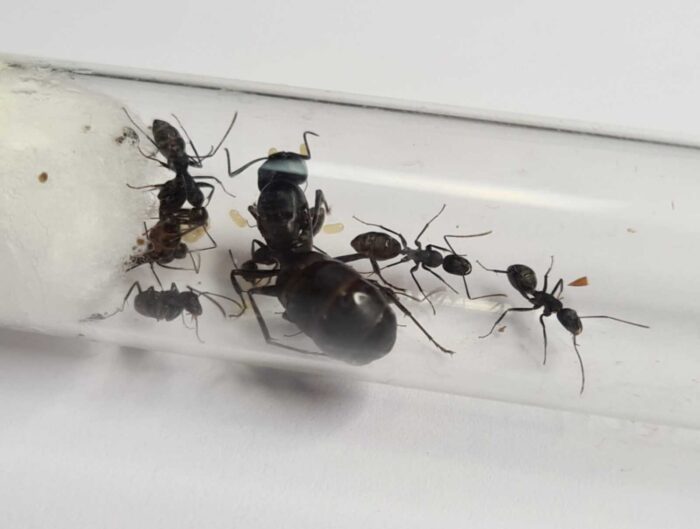

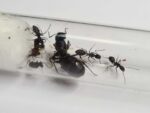
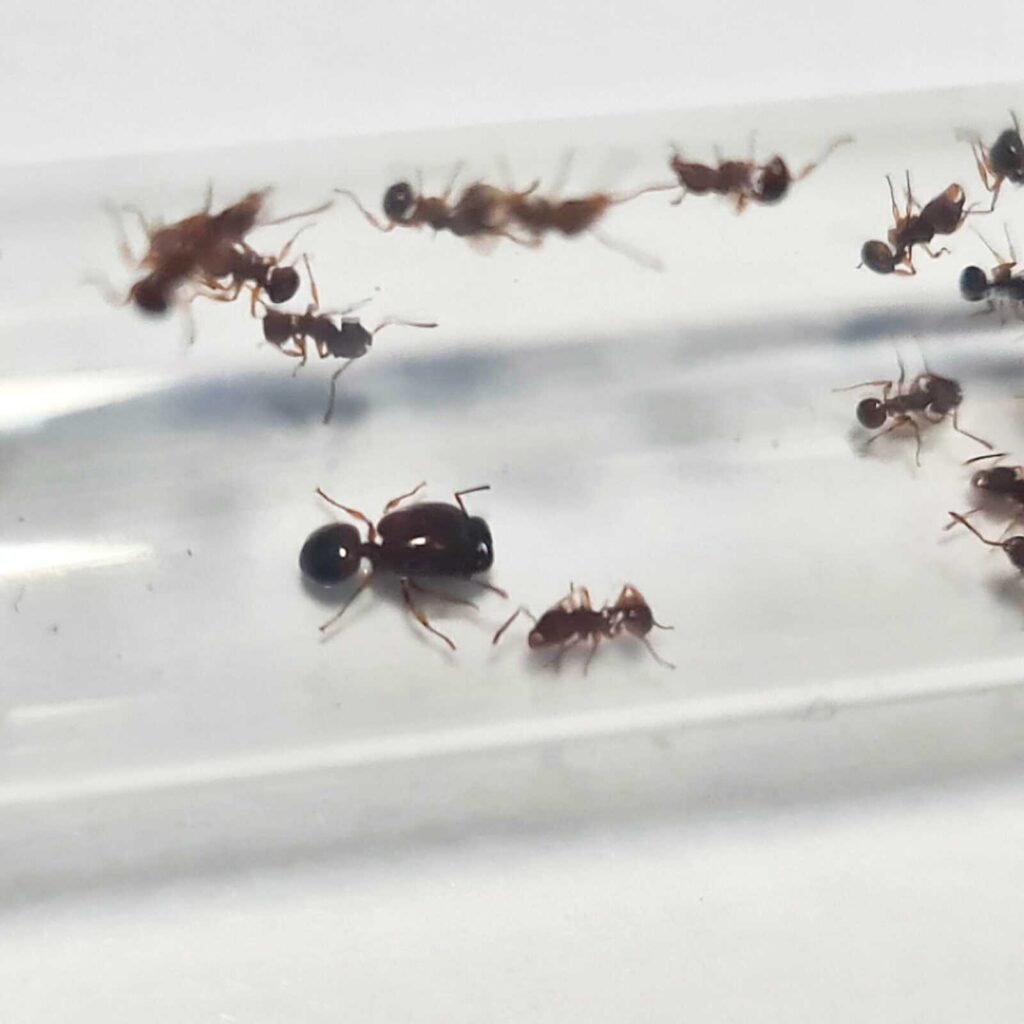
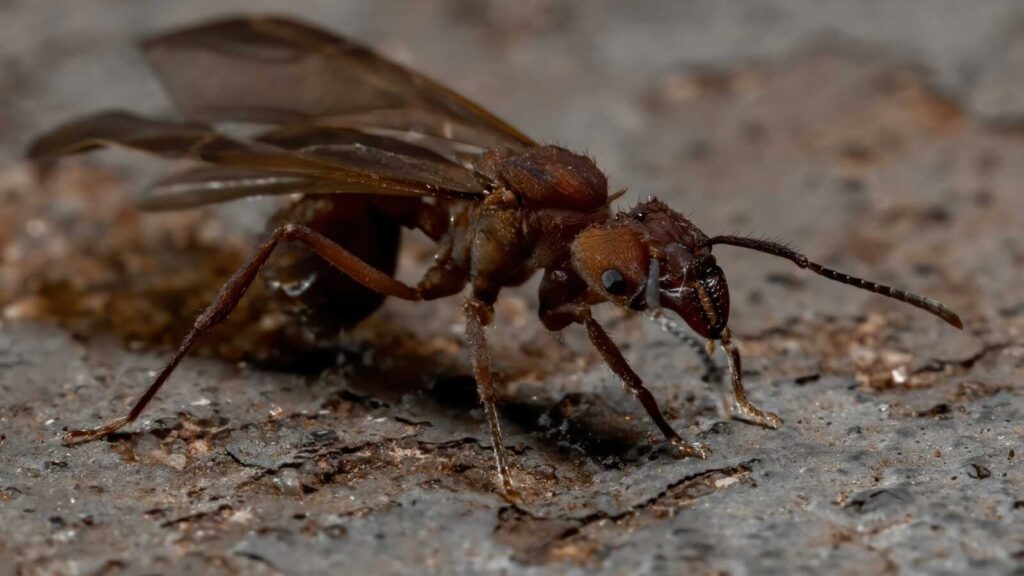
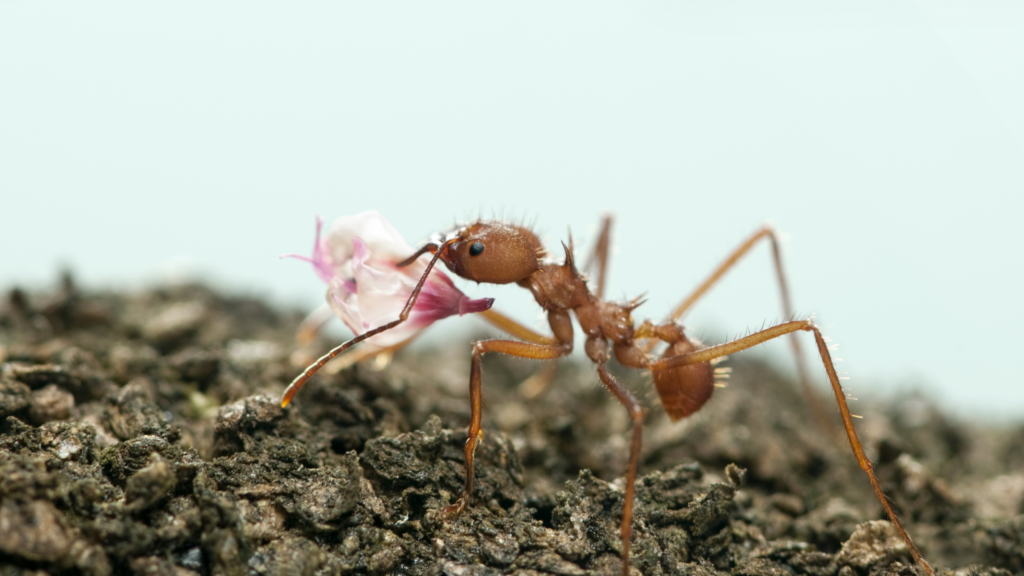
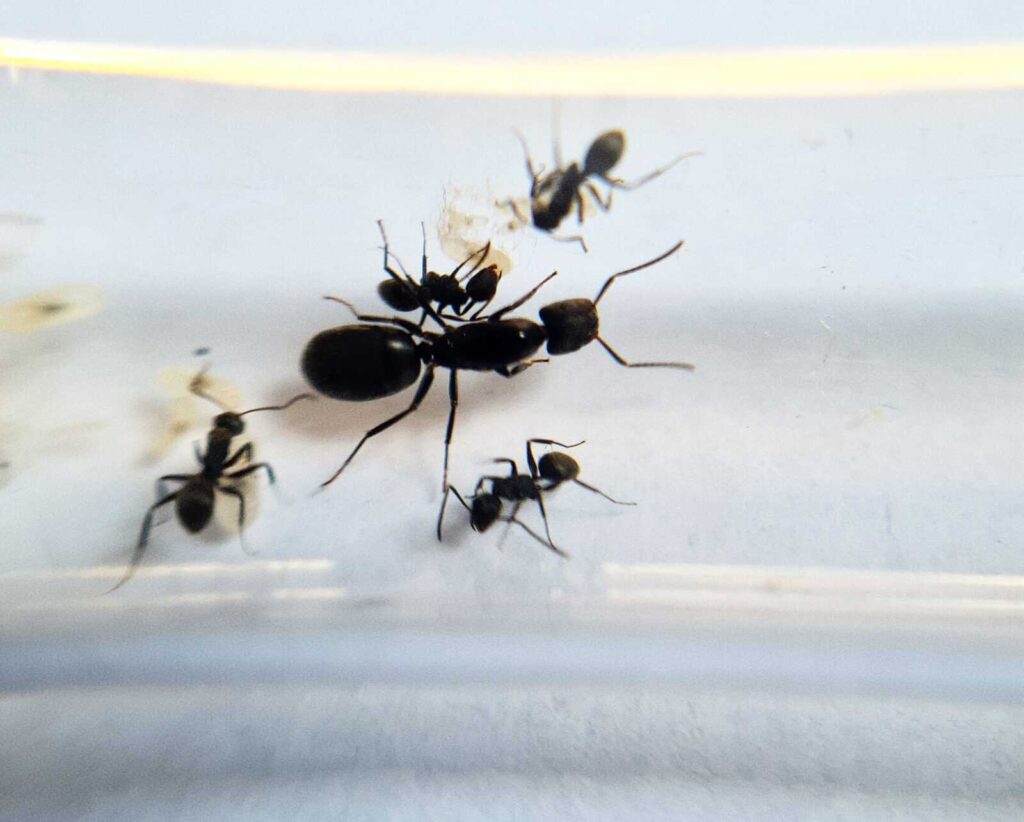
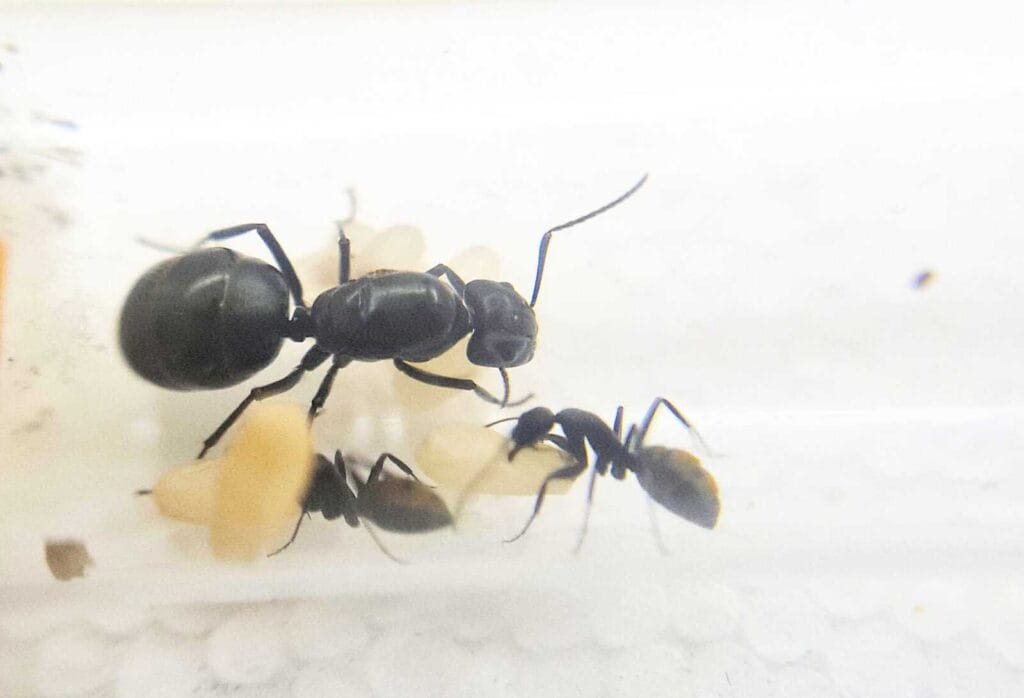
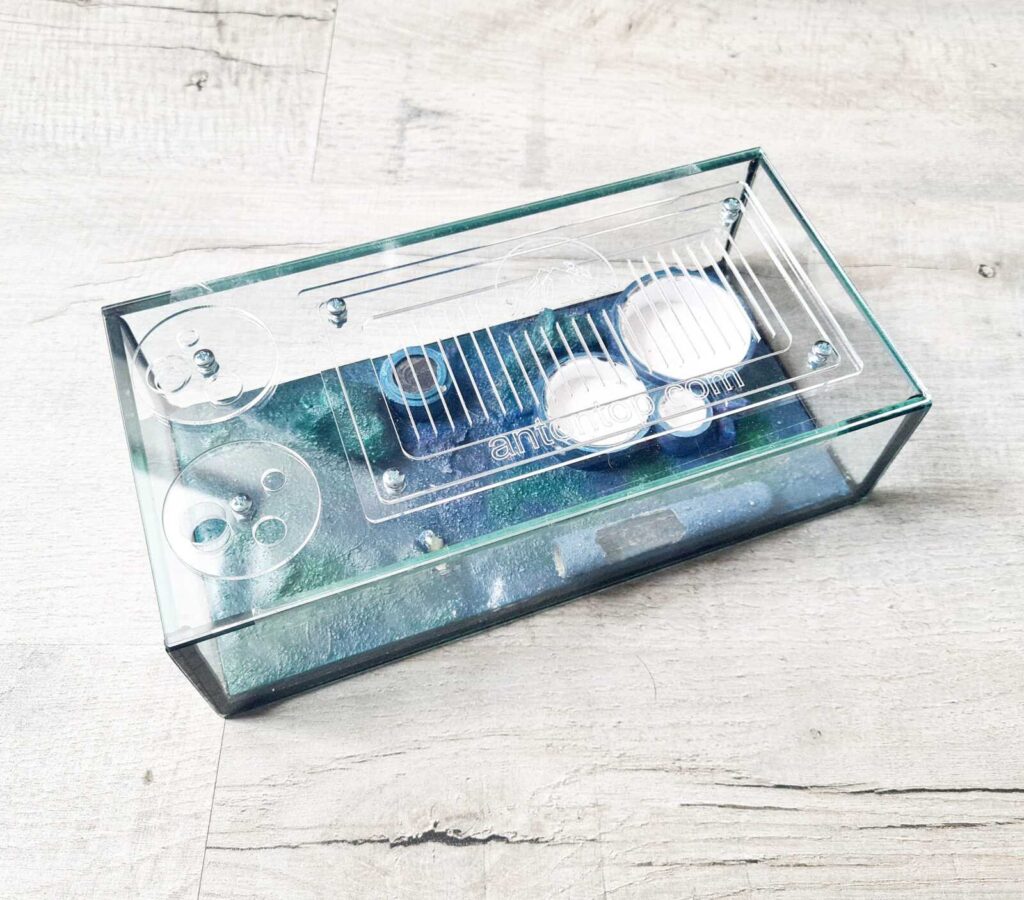
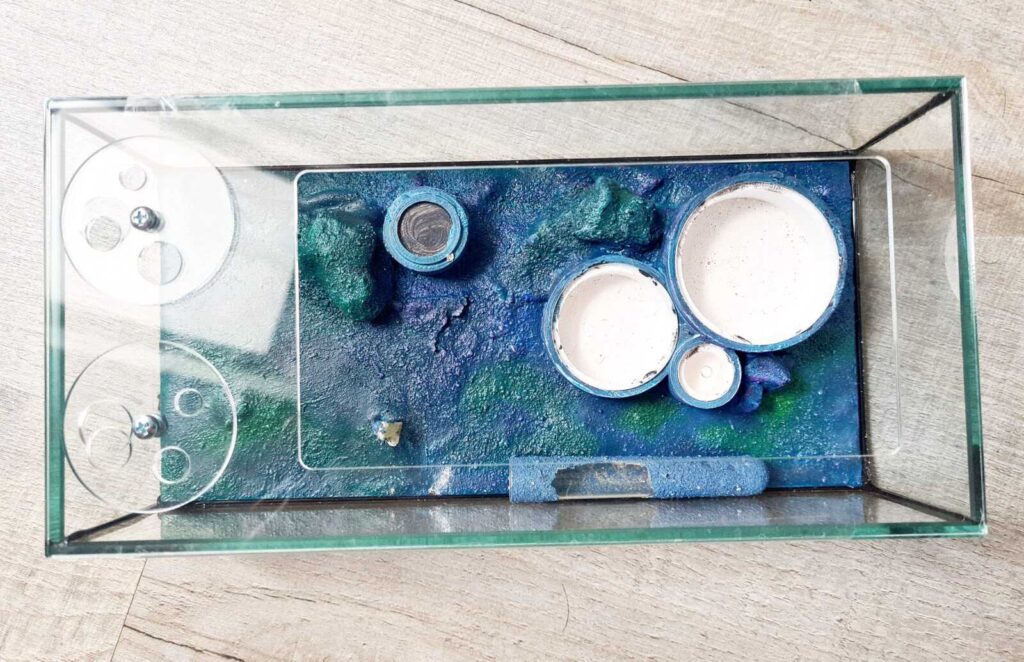
Reviews
Clear filtersThere are no reviews yet.